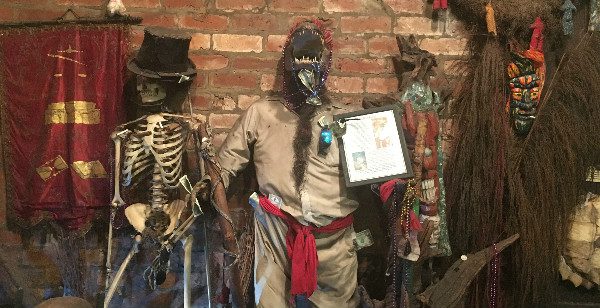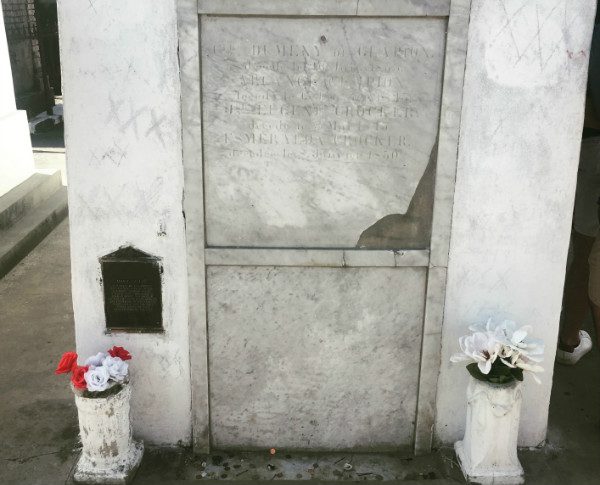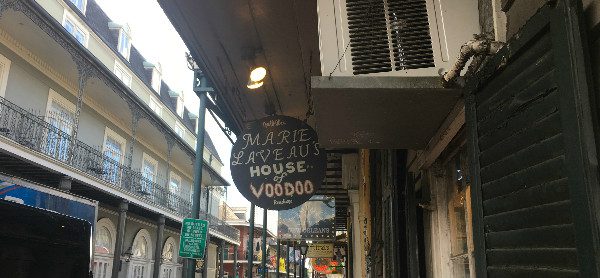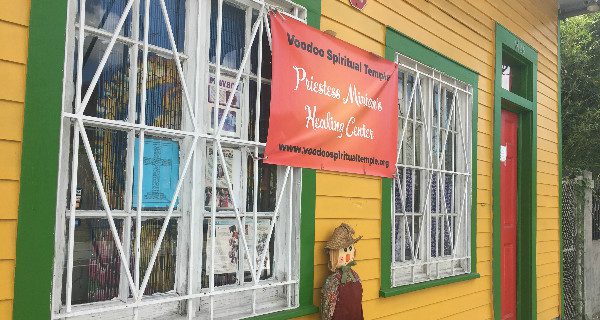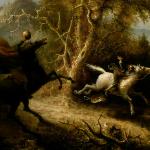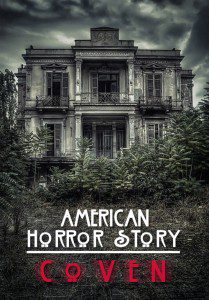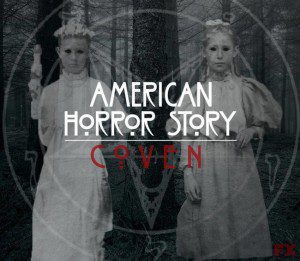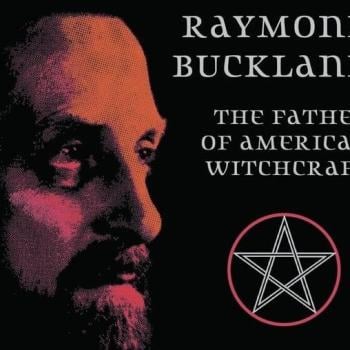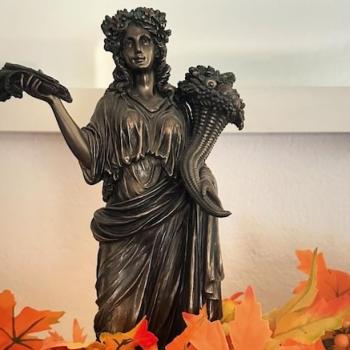I was in New Orleans this past weekend for a wedding, but my time wasn’t completely consumed by family obligations. Since it was my first ever trip to the Crescent City I thought I’d do some sightseeing and exploring. Those of you who are longtime RtH readers know that I have a special place in my heart for America’s occult past, and New Orleans is a big part of that history.
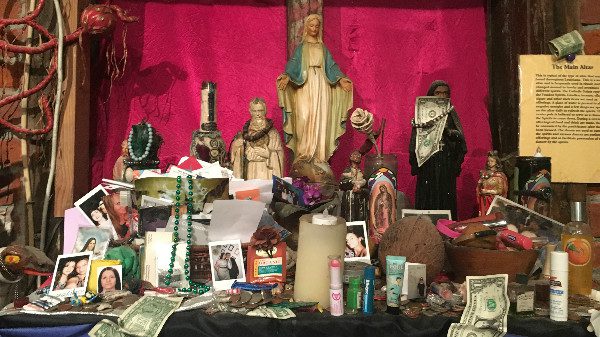
(This is a quick travelogue, not a comprehensive anything, and only represents what I experienced last weekend.)
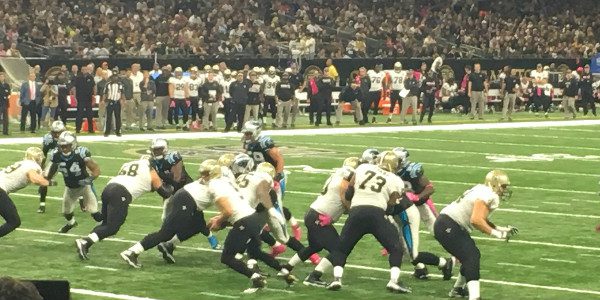
The most well known part of that history is undoubtedly Marie Laveau. Laveau is both a historical personage and a figure of folklore, and her influence goes far beyond her native Louisiana. I’d argue that she’s America’s most important magickal figure, and I don’t think that’s likely to change anytime soon, if ever.
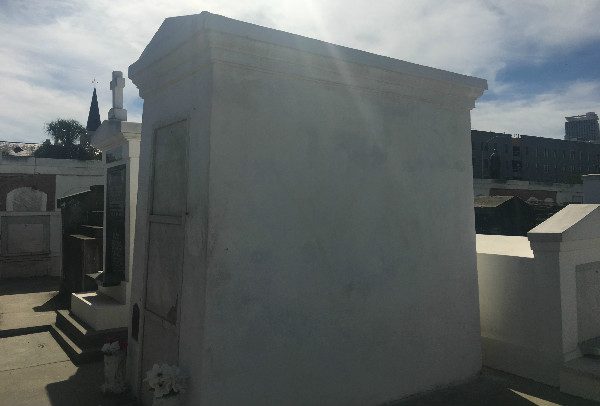
My New Orleans trip began with a visit to Saint Louis Cemetery Number One, Laveau’s final resting place (though there are some who believe she was buried at St. Louis Number Two). Access to St. Louis Number One requires a tour guide these days due to vandalism problems, but these are easily found online and even right outside the cemetery’s gates. I booked my tour a few weeks before before arriving in New Orleans and it did not disapoint.
Even if Marie Laveau’s remains weren’t at St. Louis Cemetery Number One it would still be worth a trip. There’s really nothing like it in North America; family vaults, raised memorials, and all in continual use since the the Eighteenth Century. My tour ended at Laveau’s tomb, where she’s interred at the Glapion family crypt (Christope Glapion was her common-law second husband). In many ways it’s an unremarkable marker, but it does have a very powerful energy that the other resting spots in the cemetery lack. (And it’s not pink anymore either.)
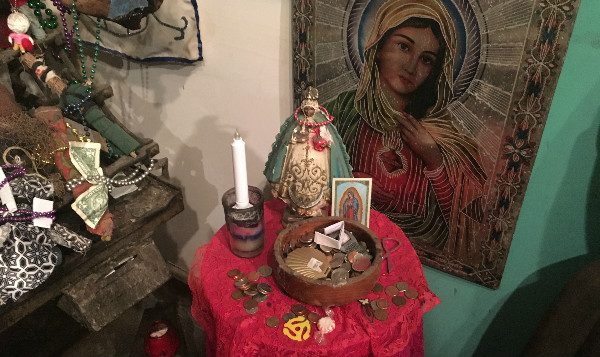
Some of the energy around Laveau’s resting place is no doubt due to tourists. It’s the spot all the tour guides and their charges linger at when visiting the ceremony, but it’s also a spot of pilgrimage. There were all sorts of notes, coins, and other offerings there when I visited. Before leaving I tucked a dollar bill into a crease on the concrete near the tomb, bowed, and kissed my fingers and then pressed them against the tomb.

Being a little bit more informed than the average tourist I was mildly annoyed, but not really surprised, with what I was hearing from most of the tour guides. They were generally telling the story of Marie Laveau the folk-tale, and not so much Marie Laveau the person. There’s no evidence, for instance, that she was a hair dresser or that one of her children became the woman known to history as Marie Laveau II. I don’t want to say that many of the tours are sensationalized, because that’s not the case. My guide for instance had nothing negative to say New Orleans Voodoo, and in fact was downright protective of it.
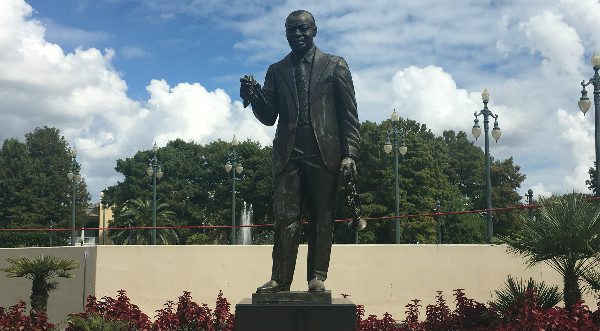
Down the road from the cemetery lies Louis Armstrong Park, which contains the last surviving bit of Congo Square, a site that would have most likely been sacred to Marie Laveau and other individuals of color who lived in 19th Century New Orleans. Congo Square was famous for its music and dancing, a legacy that still lives on to some degree today. While I was there the park was mostly empty with only a few tourists around snapping photos of the various statues there dedicated to various notables in New Orleans history.
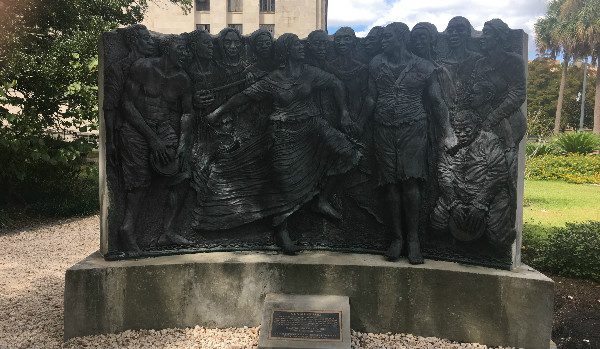
Two blocks from the old Congo Square there’s a plaque on St Ann’s Street where Marie Laveau’s house once stood. Laveau lived on St. Ann’s Street for nearly forty years, and after her death one of her daughter’s continued to inhabit the property for almost twenty more years. The original house was eventually torn down in 1905, but due to just how many old buildings are still up in the French Quarter it’s possible to get a feel for what Laveau’s abode might have been like.
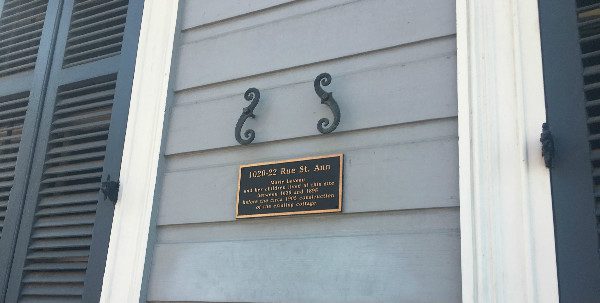
While exploring Bourbon Street (and Hurricanes-the drink and not the weather event) I slipped into many of New Orleans “Voodoo Shops.” Many of these shops cater to tourists, but I think there’s some real magick in at least a few of them. The first one I visited was Voodoo Authentica, notable for its vast selection of “Voodoo Dolls” (their words, not mine) many of them depicting the loa and other spirits. I picked up a Day of the Dead Doll in preparation for my own Samhain rites later this month.
Though I don’t think it’s all that authentic I had a lot of fun visiting Marie Laveau’s House of Voodoo near the end of Bourbon Street. It contained a wide range of statues (including a few of Marie Laveau), magickal implements, and ridiculous t-shirts. I picked up at least one of all of these, though I’m not sure where I’m going to end up putting my statue of Ms. Laveau. Since she was not a Witch I don’t feel like she’d be comfortable on my Wiccan altar.

I spent my last few hours in New Orleans visiting things I hadn’t gotten to yet and started with the world’s only Voodoo Museum, located on Dumaine Street in the French Quarter. The Voodoo Museum contains a lot of stuff packed into a very small space (two rooms and a hallway), but it’s all interesting stuff, and the information they provide for guests is free of sensationalism. When I visited there were only a few people in the museum, and I got to spend a lot of my time in there alone, which means I left a lot of offerings and took even more pictures. A visit to the museum is only five dollars, and worth it.
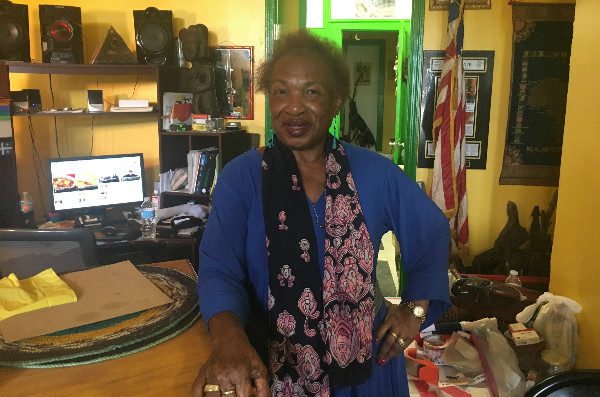
I ended my trip with a brisk walk to the Voodoo Spiritual Temple (it’s located a few blocks outside the French Quarter) where I got to meet Priestess Miriam. For those of you paying attention in the blogosphere, there was a fire at the Temple back in February of this year that they are still recovering from (and you can donate here if you if you are interested) but when I visited I found Priestess Miriam in good spirits. It was the icing on the cake of a whirlwind trip. The Temple also has some fabulous handmade items, I picked up some oils and a bit of incense for a coven member.
Hopefully I’ll be able to visit New Orleans again in the next couple of years and give a more extensive report.
